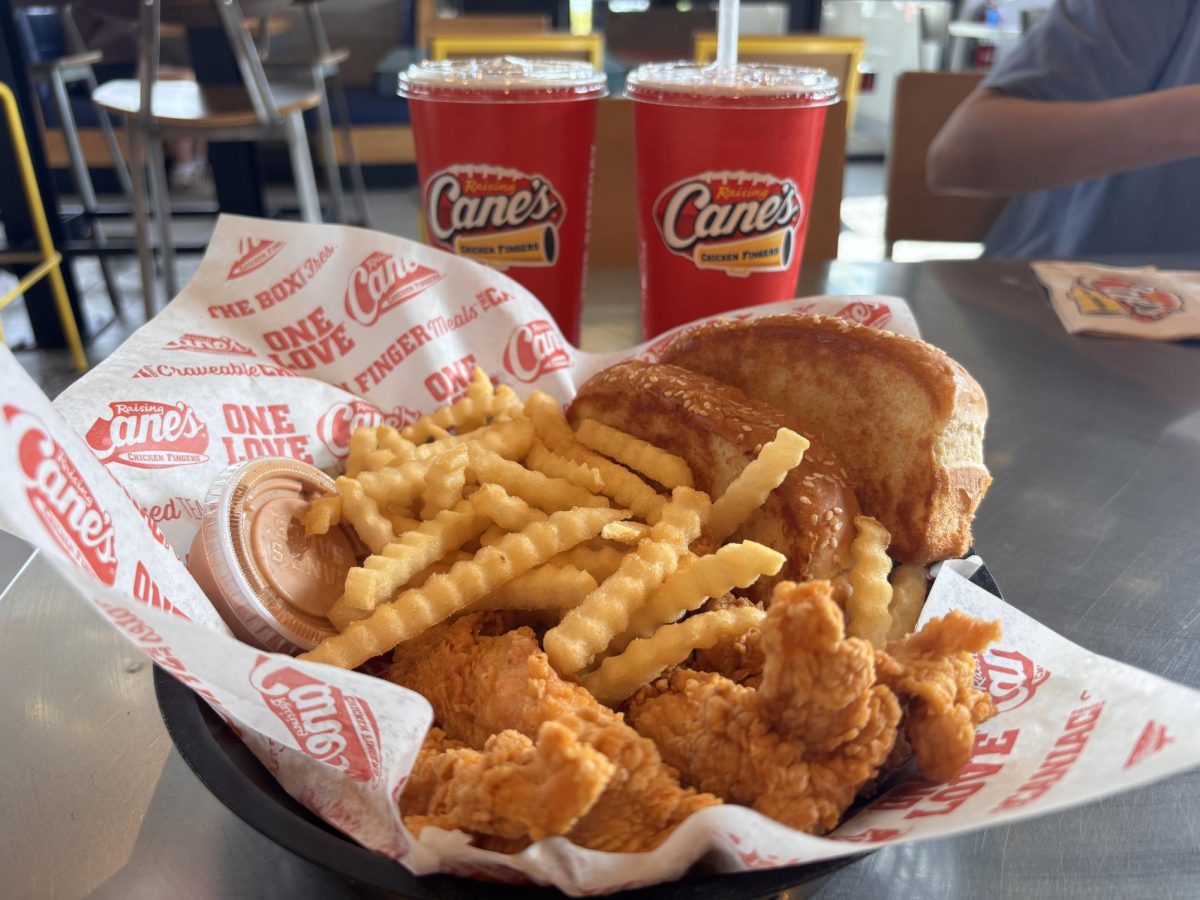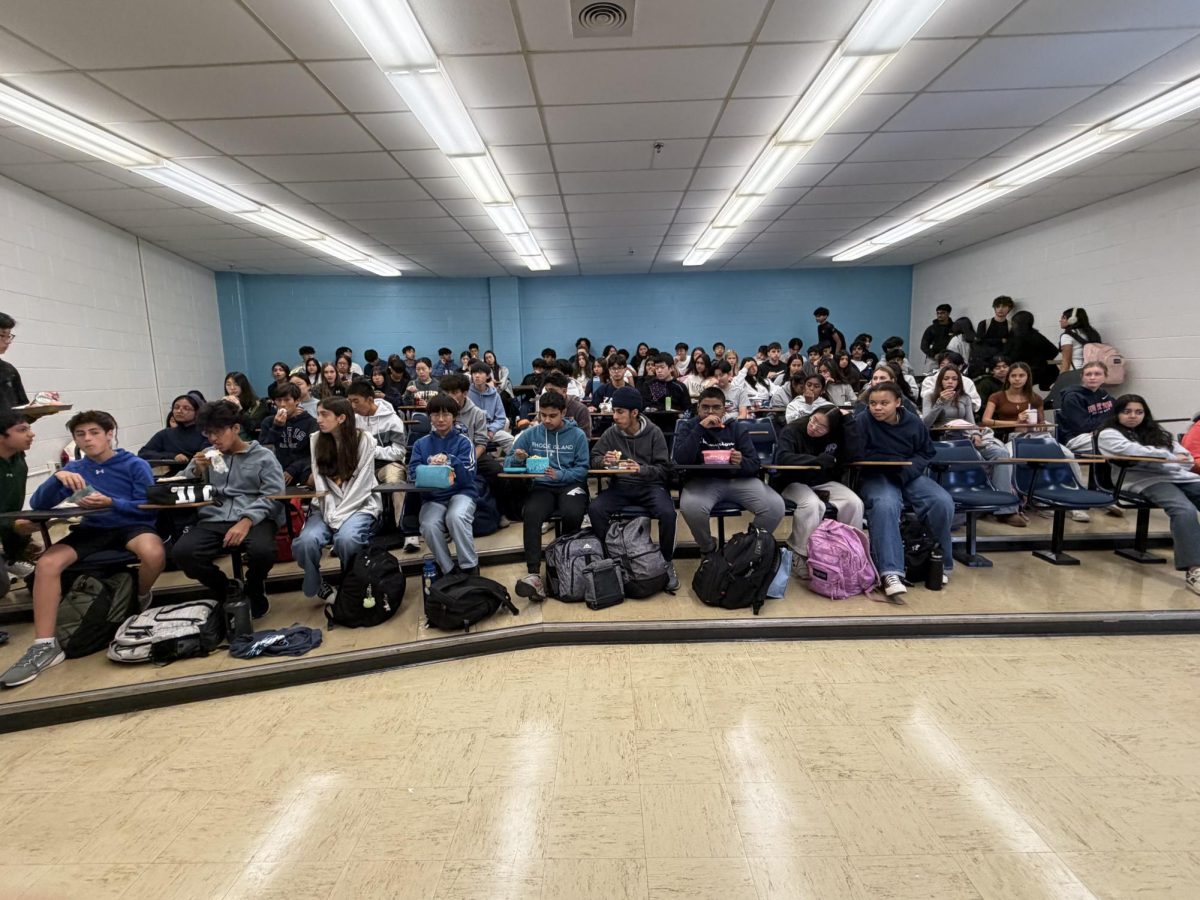Rising supply chain costs, delivery fees and growing profit margins have dramatically increased the price of fast food in recent years. What was once a convenient, inexpensive option has quietly become unaffordable for countless Americans across the country. These changes force students to make a tough choice; either lose money on convenience or get food elsewhere.
While inflation has risen significantly during this period, the rise in prices at fast-food establishments has actually outpaced it, meaning fast food is becoming more expensive faster than other household items. Popular items are rising exponentially in cost with the McDonald’s McDouble rising from about $1.19 in 2014 to about $3.19 in 2024 (a 168% increase), the Taco Bell Beef 5-Layer Burrito increasing from about $1.59 in 2014 to $3.69 in 2024 (a 132% increase) and the Popeye’s Regular Mashed Potatoes and Gravy side climbing from about $1.79 in 2014 to $4.19 in 2024 (a 134% jump), according to FinanceBuzz.com. These price hikes destroy inflation rates for other consumer products, with the average item rising about 34% over a similar time frame. Freshman Chase King said rising costs are “really unfortunate.”
So, if not just inflation, then why is all this food becoming so much more expensive? One answer lies in the cost of labor. Minimum wages have increased significantly in recent years, with large corporations, such as fast food businesses, now being required to pay employees a minimum of $17.50 in Montgomery County and even more elsewhere, as local governments continue to raise the minimum wage rate to account for inflation and rising costs. While this is a positive adjustment for these hardworking laborers, it raises costs for restaurant owners, which eventually get passed on to consumers. Sophomore Christian Lee said rising fast food prices make him feel “horrible [because he’s] losing too much money.”
In addition to minimum wage, ingredient prices have also jumped, with common ingredients like beef, cheese and potatoes all seeing higher costs since the pandemic, which caused supply-chain issues for countless items, causing price hikes. Food is not the only factor, as transportation, packaging and energy prices have all increased as well, adding to the cost of doing business that must be covered by the consumer. Additionally, third-party delivery apps, a convenient way of dining, often add additional fees, only increasing the total price on the receipt. Sophomore Christian Lee said rising fast food prices make him feel “horrible [because he’s] losing too much money.”
Yet, not all of the price increase comes from necessity. Fast-food corporations have also realized they can raise prices with little consumer backlash, even without increasing portions or quality. However, it seems a breaking point has been met, as high prices are now affecting consumer behavior. Sophomore Caleb Cook said that due to costs increasing, “[he] can’t go get food as much.”









